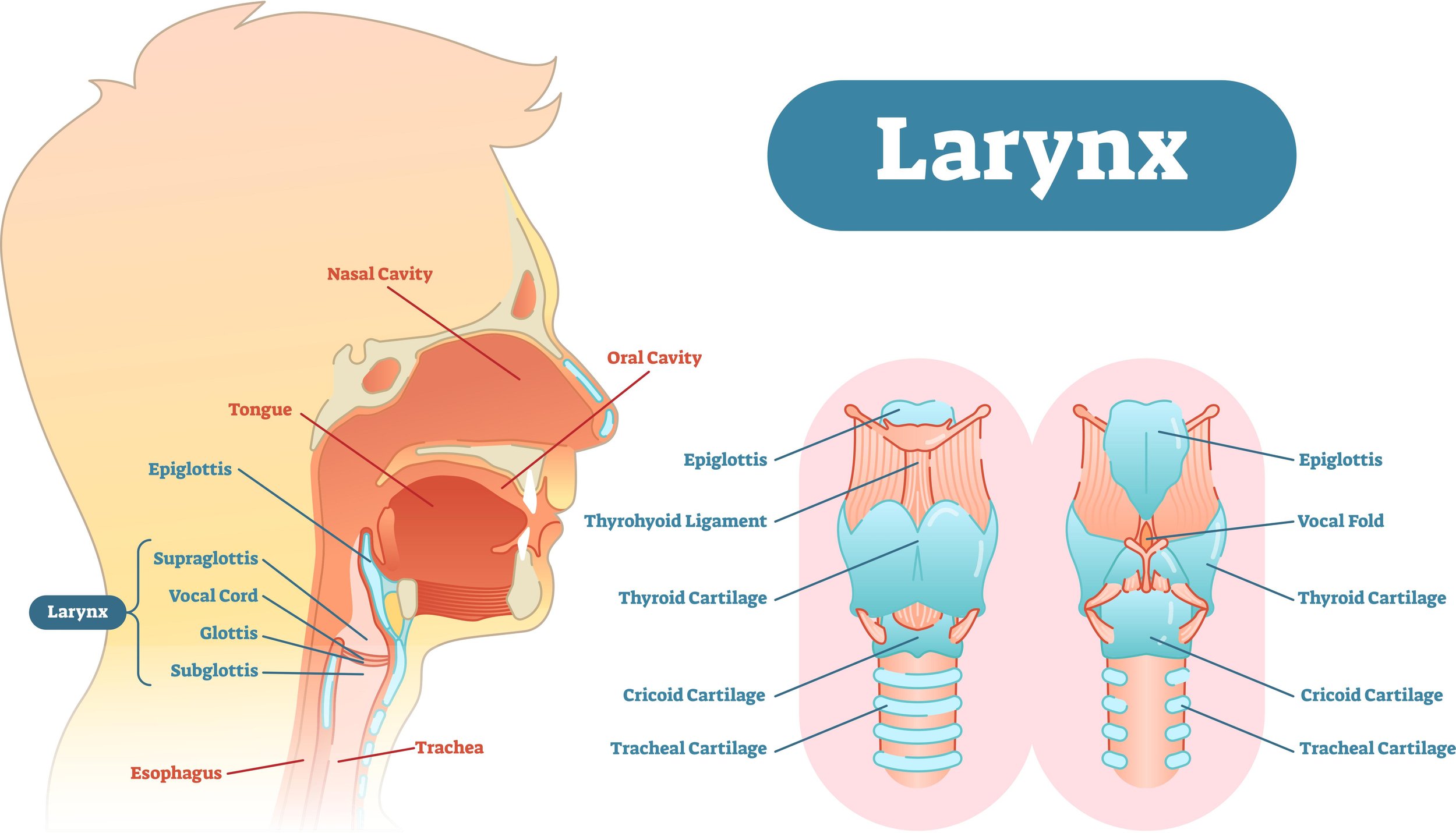The 6 Pillars of Vocal Feminization
Vocal feminization can be broken down into 6 components. As you practice, it’s helpful to really understand each element so that you can adjust each one on their own.
Vocal Hygiene
By taking great care of your voice, you’re setting yourself up for a healthy, sustainable voice. It’s so important to pay close attention to the health of your voice so that you don’t strain or injure your voice during vocal feminization.
Breath
Breath is the motor that gets everything going. Low abdominal breathing is a wonderful way to ground into your body, and helps to sustain your voice as you start to change elements of your voice. Shallow breathing, or breathing that is felt high in the chest, is to be avoided as it can cause tension.
Pitch
Pitch is the degree of highness or lowness of a tone. Raising your pitch and sustaining your voice at a new pitch range can be an effective part of vocal feminization.
Resonance
Resonance is the tone quality, or color of the voice. When a flute and a tuba play the same note, we can hear the difference between them. The difference in resonance is the reason we can hear that difference. Resonance is arguably more important than pitch in voice feminization/masculinization because we can make the exact same fundamental pitch sound brighter or darker.
Feminine perceived voices sound brighter, and we can shift the resonance by changing the amount of space in our vocal tract.
Inflection
Inflection is how your pitch rises and falls throughout a sentence to show expression. Inflection also includes your speech patterns, and can influence the gender perception of your voice.
Vocal Weight
Vocal weight is how heavy or thin your voice sounds. Feminine perceived voices are often thinner and lighter in quality.





















